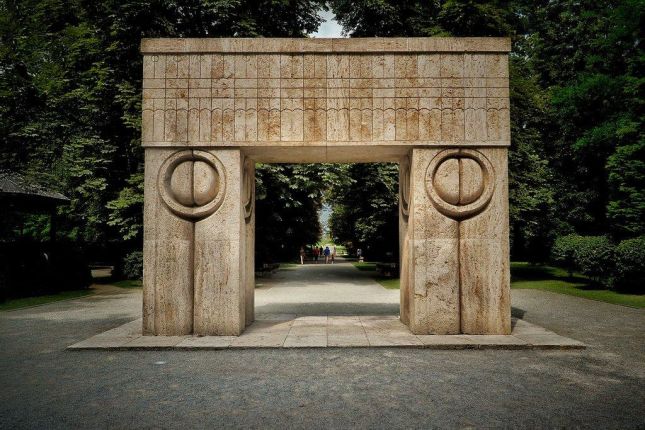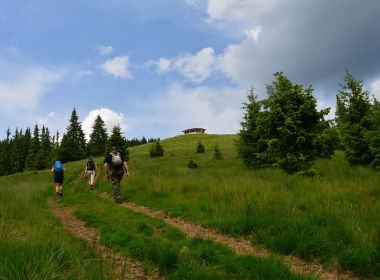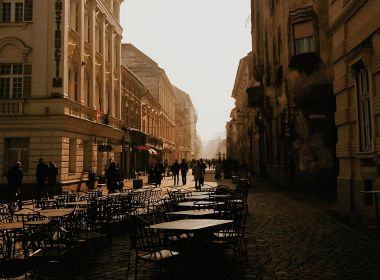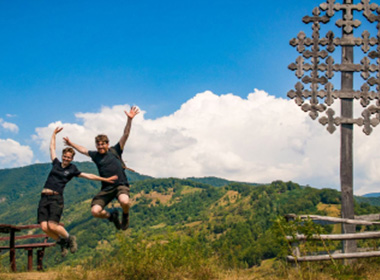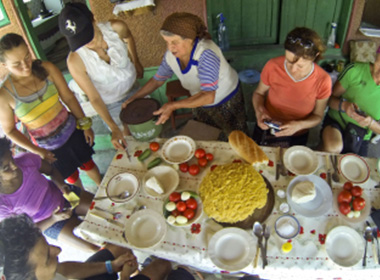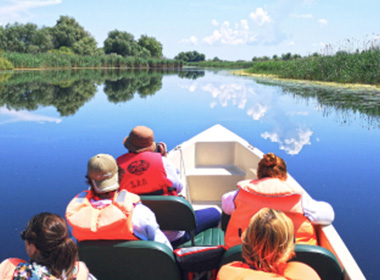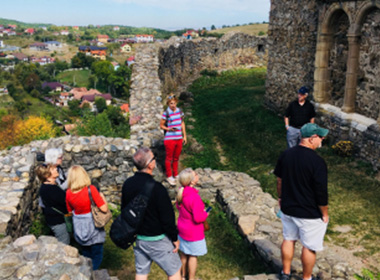The Sculptures of Constantin Brancusi
The city of Targu Jiu was first acknowledged in writing in 1406 and is linked to many important moments in the history of Romanians. It is also linked of the famous artist Constantin Brancusi, the Romanian sculptor who revolutionized the plastic vision and language in modern sculpture.
Claimed to be „half god, half farmer” and „ahead of his time”, Brancusi expressed within his creations an entirely new vision of the world.
Brancusi is by far the best sold Romanian artist - ranked 4th within an Artmark ranking of the best sold art pieces of all times, he is outclassed only by Giacometti, Modigliani and Matisse, while at the same time ranked higher than the famous Picasso. So, naturally, he's among the most famous Romanians and a national hero.
His world-renowned talent led the Guggenheim museum in New York to honour 60 years since his death by hosting a presentation of 8 sculptures of Brancusi which are generally held in deposit and inaccessible to the public.
Born in 1876, Brancusi’s talent as sculptor was visible since an early age - he mastered woodwork before moving to Bucharest and focusing on his new passion, sculpture, at the Academy of Fine Art.
In 1906 Brancusi travelled to Paris to expand his artistic vision, a journey which took almost a year, as he was mainly travelling by foot. He spent his time with artists and innovators such as Picasso, Braque, Derain and Modigliani - as a result, his revolutionary sculptures were mainly inspired by political radicalism and artistic experimentation.
In 1906, Brancusi has his first exposition at Société Nationale des Beaux-Arts and at Salon d’Automne in Paris. As a sign of recognition, Rodin, who was Brancusi’s mentor and the dominating figure in sculpture at that moment, is offering him a place as apprentice, an honour for every artist in that era. However, Brancusi turns down the offer by allegedly saying that „nothing grows in the shadow of great trees”.
After a period of successes and controversy raised by some of his work, which were shown at Paris, New York and Chicago, Brancusi returns to Romania in 1938 to reveal in a public garden in Targu Jiu the monumental ensemble „The Path of Heroes”, in honour of the fallen heroes during WW1. Brancusi dies in Paris in 1967 and is buried among other personalities at Montparnasse cemetery.
Romanian Friend tip: instead of travelling all the way to New York to see Guggenheims hidden sculptures made by Brancusi, you can get a glimpse of his masterpieces by visiting the famous “Path of Heroes” ensemble in Targu Jiu city in Romania and admire sculptures such as the Gate of the Kiss, Alley of Chairs, Table of Silence and the Infinity Column, which has a park of its own.
If you're interested in visiting Brancusi sculptures masterpiece be sure to check the best Romania UNESCO tours The closest major cities are Timisoara and Sibiu.
Places to visit
4 times a year we prepare a newsletter with local stories, places and our special insights about Romanian culture and local life that will inspire you to visit our country and have an authentic local experience. Would you like to get it?
